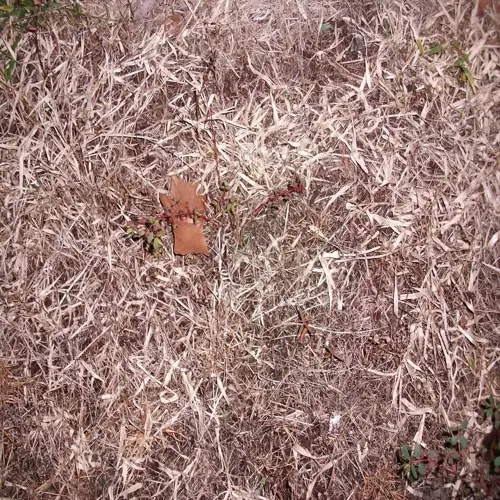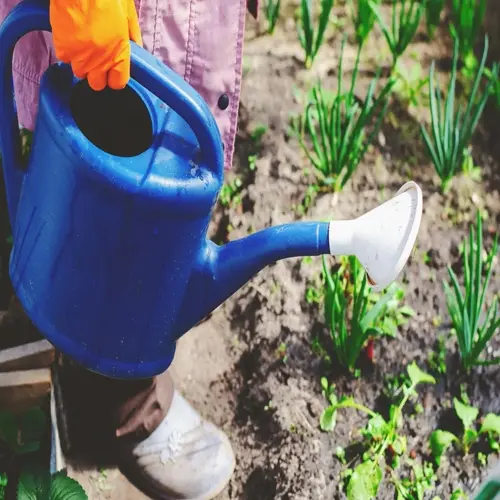What is the best amendment for clay soil?

Written by
Nguyen Minh
Reviewed by
Prof. Charles Hartman, Ph.D.Clay soil can present two main problems for gardeners: poor drainage and compaction. Your specific goals will determine the amendments you choose. Organic improvements will nourish and enhance your soil life, whereas inorganic amendments create permanent changes to the soil's structure. I have also changed difficult clay beds by using targeted methods. You desire solutions that fit your conditions of plants, soil, and climate.
Organic Compost
- Adds beneficial microbes and nutrients
- Apply 3-4 inches annually before planting
- Improves soil structure over 1-3 seasons
- Best for vegetable gardens and flower beds
Gypsum
- Loosens clay without pH change
- Use 20 lbs per 100 sq ft for sodium-rich soils
- Creates drainage channels in 3-6 months
- Ideal for lawns and athletic fields
Coconut Coir
- Sustainable moisture regulator
- Mix 25% volume into planting holes
- Lasts 2-3 years before breaking down
- Perfect for container gardening
The proper application of amendments is essential to achieve the best results. Do a soil moisture test first. Working with wet clay can be challenging. Always apply the products evenly over the area to be amended. You should work compost into the soil to a depth of 8 to 12 inches. That is 20-30 centimeters. Gypsum will only need to be put on the surface. Water thoroughly after applying amendments. This brings life to the biology.
Steer clear of common mistakes people make with clay. Never use only sand. It will make your clay as hard as concrete. Do not till when your soil is sticking to your tools. Over-fertilization will create a build-up of salt in the soil. Choose plants that are compatible with clay soil. Daylilies and viburnum can tolerate heavy soils with little soil structure. I've witnessed crop gardens flourish with plant combinations.
Patience pays off. Clay soil amendments require time to perform optimally. You can expect to see visual improvement in one growing season. A full transformation will take 2-3 years. Pay attention to how your plants respond and adjust your methods each season. My clay garden is thriving with heavy harvests. You will too, if you continue to apply these principles.
Read the full article: Clay Soil Amendments: The Ultimate Guide

